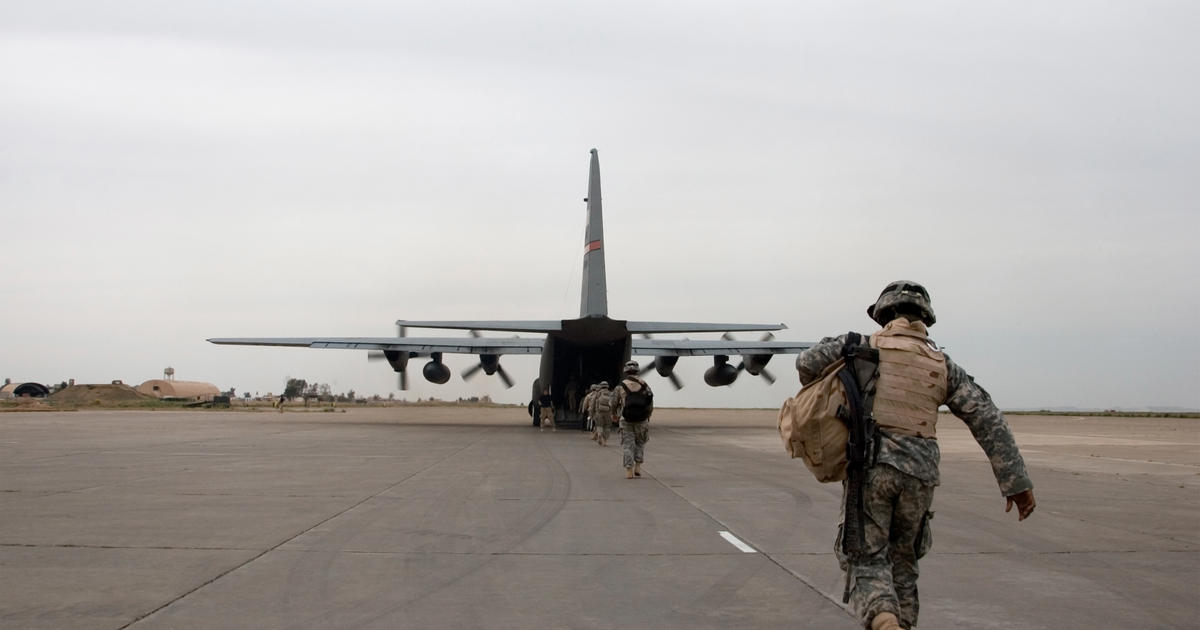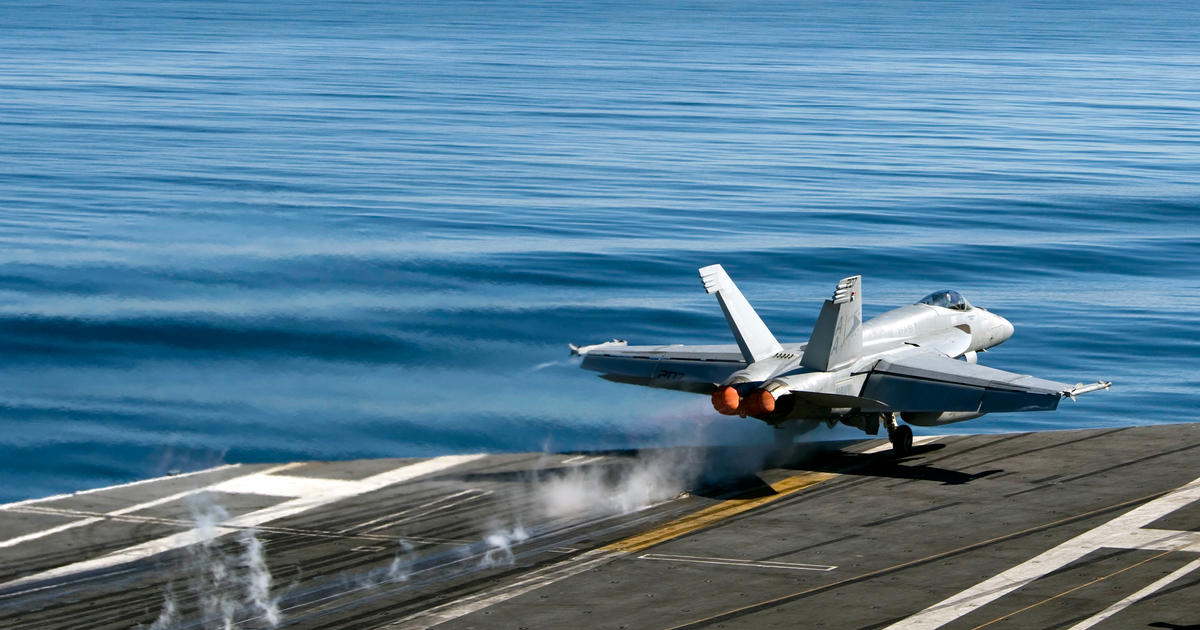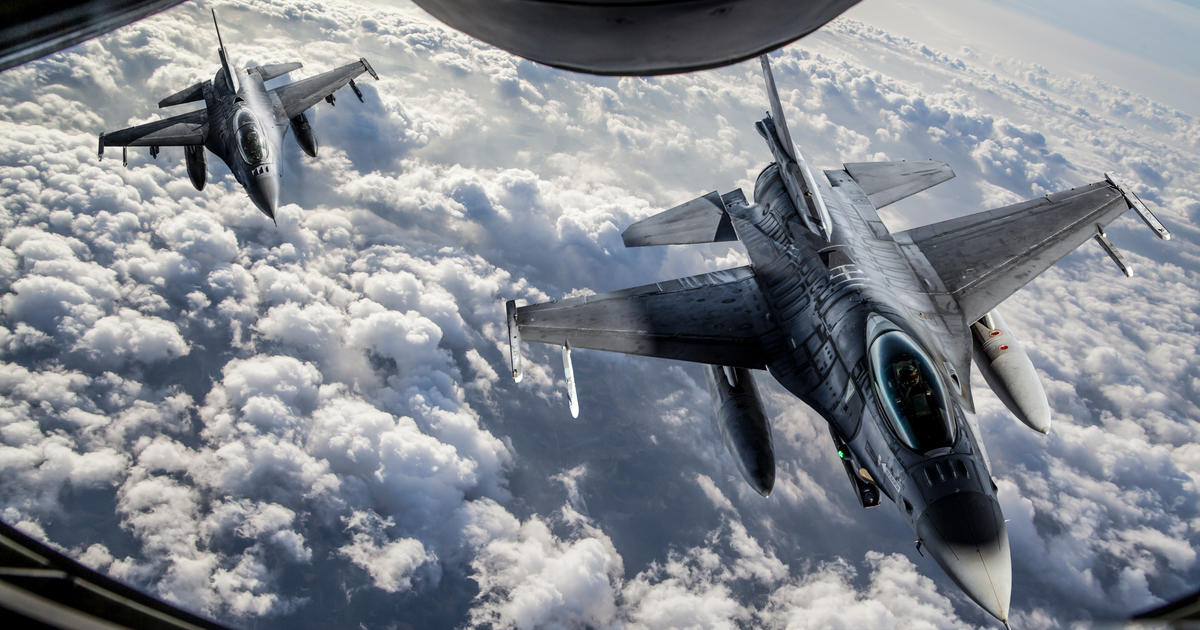The military and their in-service support partners were not immune to the disruptions of 2020, but the changes they witnessed were more positive than many other organizations in other industries. They were forced to move to new remote and more streamlined ways of working, and military organizations around the globe played a vital role to deliver unprecedented support to pandemic relief operations.
Pivoting so quickly meant an about-turn and a fast forward to digital platforms. And it’s taking advantage of this digital backbone that I see running through my three key industry developments for this year.

1. AI, ML and predictive analytics with real-time data exchange will be on the frontline
Unlike years previous, we are now seeing countless examples of AI, machine learning and predictive analytics forming a key part of military operations, witness this recent U.S. paper which clearly states how the technologies will help shape National Security going forward. It explains that research is underway in the fields of intelligence collection and analysis, logistics, cyber & information operations, and in a variety of semi–autonomous and autonomous vehicles. In fact, AI has already seen action in military operations in Syria and Iraq.
But consistent data exchange will be a key requirement to enable the real-time data exchange necessary to feed live maintenance updates from military assets such as aircraft, ships or vehicles to a dedicated logistics system.
Taking this a step further, machine learning can aggregate this data and simulate asset performance in a digital twin environment, against pre-set requirements such as number of sortie hours required of individual assets. These models can then be used to inform decision-making for the physical asset—turning simulated data into an ‘on the ground ‘strategic advantage.
2. Disconnected operations? We can now ensure updates wherever, whenever
Data is also a focus in my second development area, particularly in terms of connectivity and consistency. The military often performs mission-critical ‘disconnected operations’ in difficult to reach locations beyond a forward operating base. Optimizing operations in such a disconnected setting means ‘racing data’ back from these forward operating bases to a main operating base that has the connectivity to inform maintenance and repair requirements.
And here’s where data connectivity becomes key. AI, machine learning, and predictive analytics capabilities cannot optimize operations without data to work with. As a result, expect in the coming months to see much more focus on supporting software that must have the ability to collect data in the field then upload, sync and action that information when an asset returns to base.
In fact, this focus area extends beyond defense logistics too. Gartner projects ‘anywhere operations’ to be one of the top strategic technology trends of 2021 across all industries, not just defense. It defines anywhere operations as “an IT operating model designed to support customers everywhere, enable employees everywhere and manage the deployment of business services across distributed infrastructures.”

3. Sustainability strategies come of age
The military is beginning to move sustainable operations from ‘nice to have’ into a strategic goal. Just two recent examples include the UK MOD initiative to meet net zero carbon emissions by 2050, entitled ‘Roadmap for Sustainable Defence Support’, and the Swedish Armed Forces committing to make big changes based on the 17 Sustainable Development Goals (SDG) of the UN 2030 Agenda.
A move towards sustainable operations will undoubtedly involve logistics and through life support. This is exactly why Lieutenant General Richard Wardlaw, Chief of Defence Logistics and Support at the UK MOD, has gone on record with the University of Cambridge Institute for Sustainability Leadership to outline how seriously the British Army division is taking sustainability goals.
Again, a consistent data backbone will be critical to achieving strategic sustainability objectives. Better through life support of equipment through increased maintenance efficiency will vastly reduce the logistics footprint associated with supporting these complex assets. Alongside this, improved data visibility, tracked with enterprise software, means environmental impacts can be assigned to each asset and rolled up into a comprehensive reporting structure to provide fleet-wide sustainability metrics.
Data backbone underpins 2021 initiatives
My colleague Matt Medley has already highlighted how the global pandemic has accelerated digital change within military organizations and their in-service support partners. The task at hand now is to ensure they have suitable software infrastructure which will provide a consistent and accurate foundation to help extract the full potential from this digital progress. Only then – with a data-driven picture of their workforce, assets and operations – can defense organizations implement predictive maintenance, ensure data integrity in disconnected environments and measure their sustainability efforts.

On March 10, 2021, we will be launching our new flagship product IFS Cloud. The digital event will feature insights from a wide spectrum of technology specialists, customers, partners, and industry experts. Join the conversation as we gather the brightest minds in the aerospace & defense markets to discuss the most important trends facing the market!
Missed the IFS Cloud launch event? It’s the biggest product launch in our company’s history and you can catch up on the IFS Cloud content here.
Do you have questions or comments?
We’d love to hear them so please leave us a message below.
Follow us on social media for the latest blog posts, industry and IFS news!
LinkedIn | Twitter | Facebook | Instagram
TaffInc
Definitely, these trends going to rule in the future as well. I really liked this blog.
Love to read more!